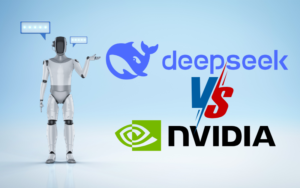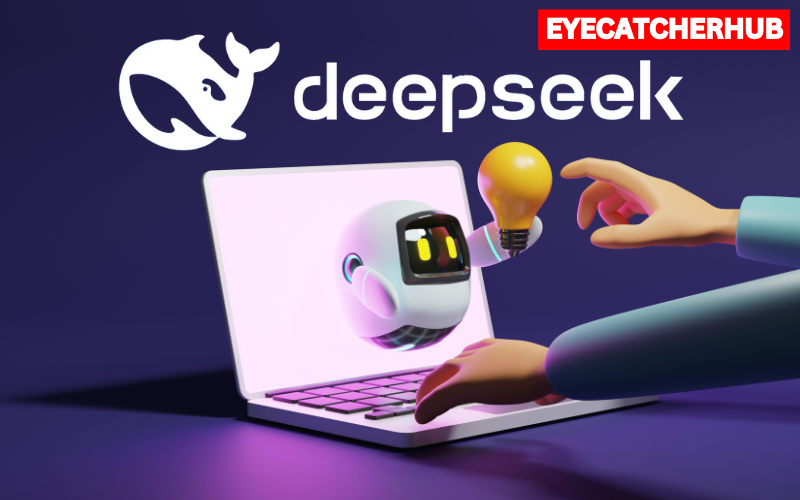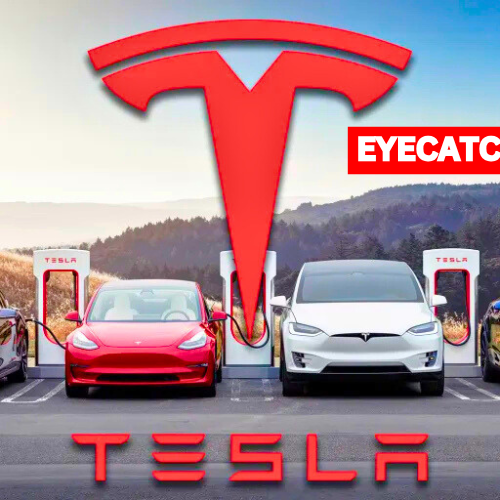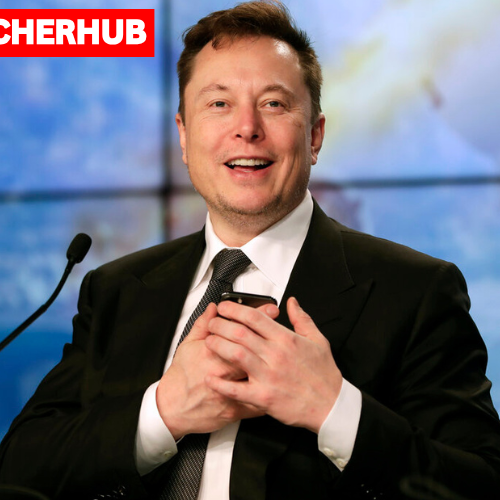Chinese startup DeepSeek recently unveiled a robust open-source AI model, DeepSeek-R1, marking a noteworthy milestone in the AI industry. This model competes with the top market AI systems produced by companies such as OpenAI, Google, and Microsoft but differentiates itself by virtue of its affordability and easy accessibility. DeepSeek-R1 has taken the world by storm, recently rising to number 1 as the most downloaded app on the Apple App Store and Google Play Store.
DeepSeek stands on the back of open-weight AI models, a practice that has seen it take the world by storm. They’ve used an innovative approach to building their AI model for a fraction of the cost usually required to develop this kind of technology. This announcement has sent ripples through the AI community, as it disrupts the existing players’ status quo and requires a closer look at how we approach AI in general.
DeepSeek’s development has proven particularly costly, in financial terms, to NVIDIA, the world’s top AI chipmaker. Just following the launch of DeepSeek, NVIDIA’s stock had a massive drop with its shares falling almost 6% in intraday trading. The decrease is linked to worries about the competitiveness of US AI companies following DeepSeek’s progress.

Yet analysts are bullish on NVIDIA’s future, in spite of those difficulties. Some have suggested that developments driven by DeepSeek may actually benefit companies like Microsoft and Meta – and others have taken to the idea that the situation presents a ‘buy the dip’ opportunity for NVIDIA stock.
Other tech giants are fast-tracking their AI efforts in the wake of DeepSeek’s meteoric rise. For example, Alibaba has unveiled a new AI model touted as being superior to DeepSeek’s, and the competition in the AI space is heating up.
DeepSeek’s rise illustrates the rapidly evolving AI industry and its innovative landscape. So things are going to change quickly, and new players are going to appear and challenge incumbents, hinting that things are going to evolve quickly in the industry, with important consequences for technology development and market.







